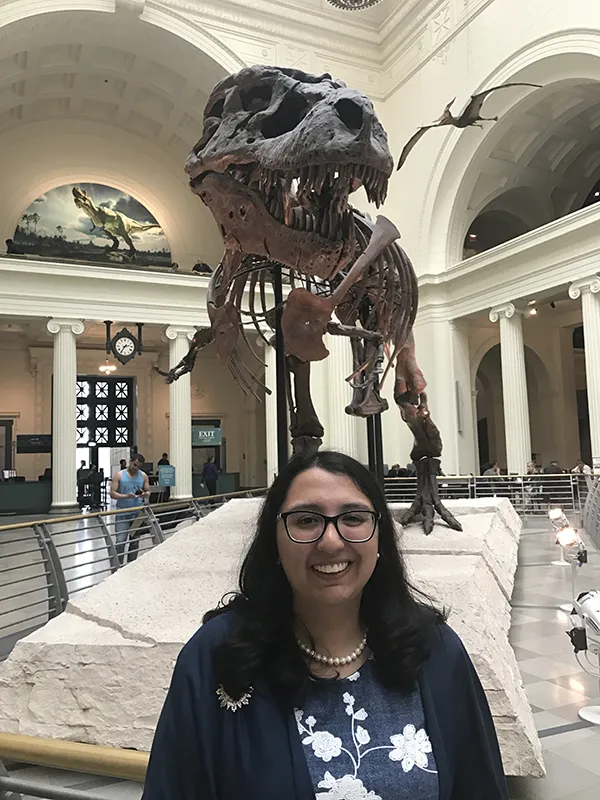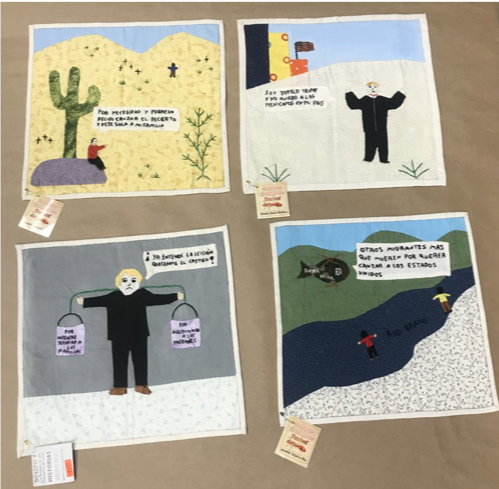
In times of crisis, it is the arts that can be a useful tool to help mediate, explore, or even push back against the presented obstacles. As explored by the Spring 2020 class “Women, Community, and Art in Latin America: Oaxaca”, communities of Oaxacan women are actively using arts, such as embroidery or printmaking, to approach issues like emigration, gender-based violence, and sexism within the art world. The purpose of this class was to not only bring together an interdisciplinary group of students to understand these women but to also spend our spring break meeting with select groups of them in order to curate a future exhibition for the Newcomb Art Museum.
Under the guidance of Dr. Edith Wolfe and Dr. Monica Ramírez-Montagut, we met once a week to discuss and digest readings that covered topics such as the social-political history of Oaxaca, the meaning and purpose of art, and exhibition strategies. Part of our class was also devoted to having brief video calls with the four groups we would be working with in Oaxaca. With hundreds of pages of readings and thorough discussions around them, there was a growing excitement amongst my classmates and me to take the trip in late April.
Yet no level of excitement could’ve prepared us for the outbreak of COVID-19 and the resulting cancelation of our trip. As our class made the switch to only seeing each other on computer screens, we also reworked the outcome of our class to reflect our canceled Oaxaca trip. Our solution was to create a digital exhibition for the Newcomb Art Museum.
For many of us, this project initially appeared equally daunting as it was potentially problematic. How could we present on groups we only met through video calls? Where would we source the objects for this exhibition? In asking these questions, I think our class realized that while we didn’t get the experience we initially hoped for, we still managed to learn deeply useful skills relating to our new reality as digital exhibition curators. These skills include knowledge of museum ethics, guidelines for collaborations with outside groups, and translating complex ideas to the public. With them, we have been able to find solutions to our problems and restored a sense of confidence in approaching this project.
With the end of the semester quickly approaching, we are working diligently to create an exhibition that will explore the work of our partnered groups in Oaxaca while being mindful of our own limitations. In this time of uncertainty and crisis, art continues to be a useful tool for us as we work to advocate for these incredible groups who in turn have used art to respond to their own realities.

Jasmine Gloria is a senior majoring in Anthropology and Latin American Studies with a minor in Art History. Focusing on Pre-Columbian studies, she is interested in understanding how museums and academia are able to translate ‘higher level’ understandings to the public. She was selected last summer to spend 8 weeks at the American Philosophical Society in Philadelphia as a Native American Scholars Initiative (NASI) Undergraduate intern. In the fall, she will attend the University of Colorado at Boulder for a MA in Art History.

